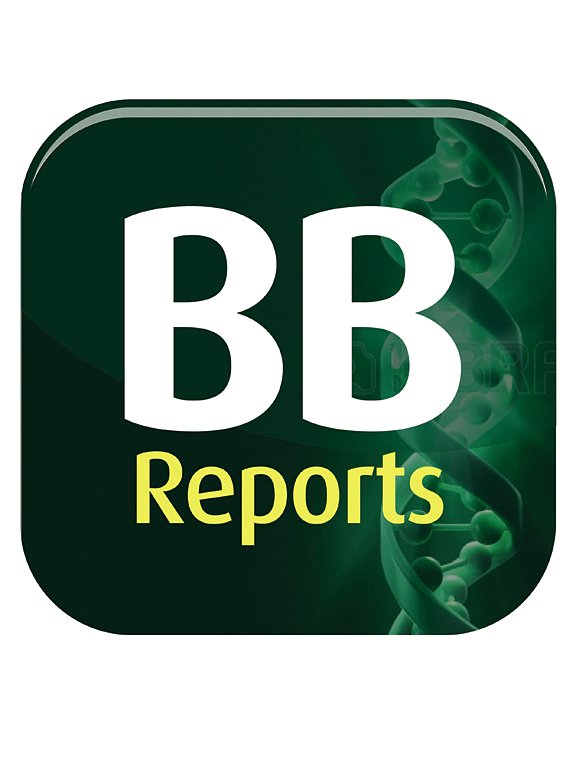Screening of biomarkers for diagnosing chronic kidney disease and heart failure with preserved ejection fraction through bioinformatics analysis
IF 2.3
Q3 BIOCHEMISTRY & MOLECULAR BIOLOGY
引用次数: 0
Abstract
Background
Previous research has established that chronic kidney disease (CKD) and heart failure with preserved ejection fraction (HFpEF) often coexist. Although we have a preliminary understanding of the potential correlation between HFpEF and CKD, the underlying pathophysiological mechanisms remain unclear. This study aimed to elucidate the molecular mechanisms associated with CKD and HFpEF through bioinformatics analysis.
Methods
Datasets for HFpEF and CKD were obtained from the Gene Expression Omnibus (GEO) database. The R software package “limma” was employed to conduct differential expression analysis. Functional annotation was performed using the Kyoto Encyclopedia of Genes and Genomes (KEGG) and Gene Ontology (GO). We conducted weighted gene co-expression network analysis (WGCNA), correlation analysis with autophagy, ferroptosis, and immune-related processes, as well as transcriptional regulation analysis, immune infiltration analysis, and diagnostic performance evaluation. Finally, the diagnostic potential of the identified hub genes for CKD and HFpEF was assessed using ROC curve analysis (GSE37171).
Results
Differential expression analysis revealed 58 overlapping genes, comprised of 40 up-regulated and 18 down-regulated genes. Both GO and KEGG analyses indicated enriched pathways relevant to both disorders. WGCNA identified 4086 genes associated with CKD. Further comparison with differentially expressed genes (DEGs) identified three hub genes (KLF4, SCD, and SEL1L3) that were linked to autophagy, ferroptosis, and immune processes in both conditions. Additionally, a miRNA-mRNA regulatory network involving 376 miRNAs and 12 transcription factors (TFs) was constructed. ROC curve analysis was performed to evaluate the diagnostic utility of the hub genes for CKD and HFpEF.
Conclusion
This study elucidated shared pathogenic mechanisms and identified diagnostic markers common to both HFpEF and CKD. The identified hub genes show promise as potential tools for early diagnosis and treatment strategies for these conditions.
求助全文
约1分钟内获得全文
求助全文
来源期刊

Biochemistry and Biophysics Reports
Biochemistry, Genetics and Molecular Biology-Biophysics
CiteScore
4.60
自引率
0.00%
发文量
191
审稿时长
59 days
期刊介绍:
Open access, online only, peer-reviewed international journal in the Life Sciences, established in 2014 Biochemistry and Biophysics Reports (BB Reports) publishes original research in all aspects of Biochemistry, Biophysics and related areas like Molecular and Cell Biology. BB Reports welcomes solid though more preliminary, descriptive and small scale results if they have the potential to stimulate and/or contribute to future research, leading to new insights or hypothesis. Primary criteria for acceptance is that the work is original, scientifically and technically sound and provides valuable knowledge to life sciences research. We strongly believe all results deserve to be published and documented for the advancement of science. BB Reports specifically appreciates receiving reports on: Negative results, Replication studies, Reanalysis of previous datasets.
 求助内容:
求助内容: 应助结果提醒方式:
应助结果提醒方式:


